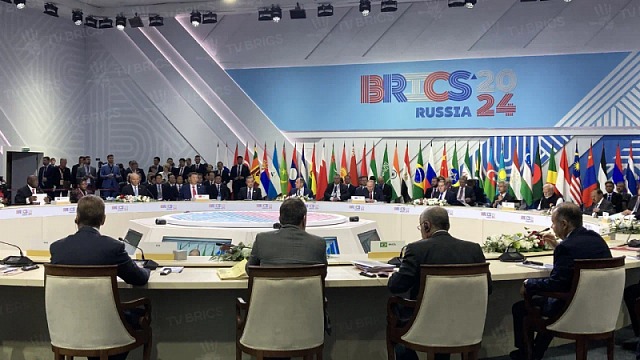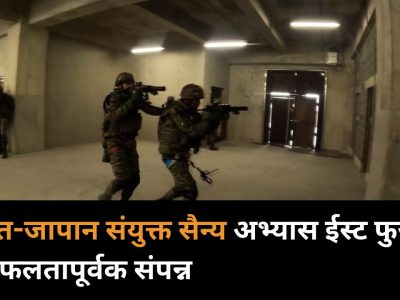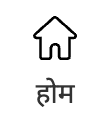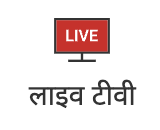The XVI BRICS Summit continues in Kazan. On the second day of the event, 23 October, meetings took place between representatives of the BRICS countries in both narrow and expanded formats.
The heads of delegations gathered at the Kazan Expo International Exhibition Centre, where they were welcomed by the President of Russia, Vladimir Putin. Following the arrival of all participants, a traditional joint photograph was taken.
The narrow-format meeting was attended by Egyptian President Abdel Fattah El-Sisi, Indian Prime Minister Narendra Modi, Iranian President Masoud Pezeshkian, Chinese President Xi Jinping, UAE President Mohamed bin Zayed Al Nahyan, Ethiopian Prime Minister Abiy Ahmed, South African President Cyril Ramaphosa, and Brazilian Foreign Minister Mauro Vieira. The Russian leader delivered an opening speech, after which the heads of delegations discussed deepening financial cooperation and the issue of further expansion of the group. The expanded-format meeting followed shortly after.
During the meeting, the President of Russia paid special attention to issues of economic cooperation among the member countries. He emphasised that, according to preliminary estimates, the average economic growth of BRICS member states in 2024-2025 will be 3.8 per cent.
Putin also called for increased collaboration in technology, education, resource management, trade, and other areas to fully realise the potential of the growing BRICS economies.
“In this regard, we propose creating a new BRICS investment platform, which would become a powerful tool for supporting our national economies as well as providing financial resources to the countries of the Global South and East”
Vladimir Putin
President of Russia
Brazilian President Luiz Inacio Lula da Silva joined the expanded-format meeting via video link. He highlighted the special significance of BRICS countries in the global natural resources market. In particular, the Brazilian leader stated that the group holds 72 per cent of the world’s rare earth metal reserves. Additionally, he urged the creation of a unified BRICS financial system. “It is necessary to establish alternative monetary relations between participants. We are not talking about replacing national currencies. We must create a financial system, and this matter requires serious discussion”
Luiz Inacio Lula da Silva
Brazilian President
In his turn, Iranian President Masoud Pezeshkian proposed that BRICS countries establish a new energy transit network, noting that Iran is a transit hub for several international transport corridors, including North-South and East-West. “We can create a new transit network for trading energy resources and other goods within BRICS by developing fruitful cooperation”
Masoud Pezeshkian
Iranian President
Additionally, BRICS New Development Bank (NDB) President Dilma Rousseff presented a report, noting that the NDB accounts for 28.3 per cent of total BRICS financing in national currencies. Following the two meetings, the delegations of the group adopted the Kazan Declaration, which outlined the outcomes of the summit and Russia’s BRICS Chairmanship. This evening, a formal reception hosted by the President of Russia in honour of the heads of delegations is planned as part of the high-level meeting. The XVI BRICS Summit officially opened the day before, with a ceremony welcoming the heads of delegations, followed by a concert and informal dinner for the group’s leaders. On 24 October, the event will continue in the BRICS+ format with the participation of representatives from 36 countries across Asia, Africa, Europe, and Latin America.
The high-level meeting in Kazan, under Russia’s BRICS Chairmanship, is held under the motto “Strengthening Multilateralism for Equitable Global Development and Security.”
Photo: TV BRICS/ Sergey Bobylev, photo host agency brics-russia2024.ru




 Subscribe Us
Subscribe Us

















